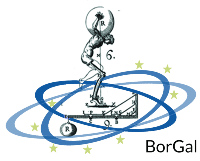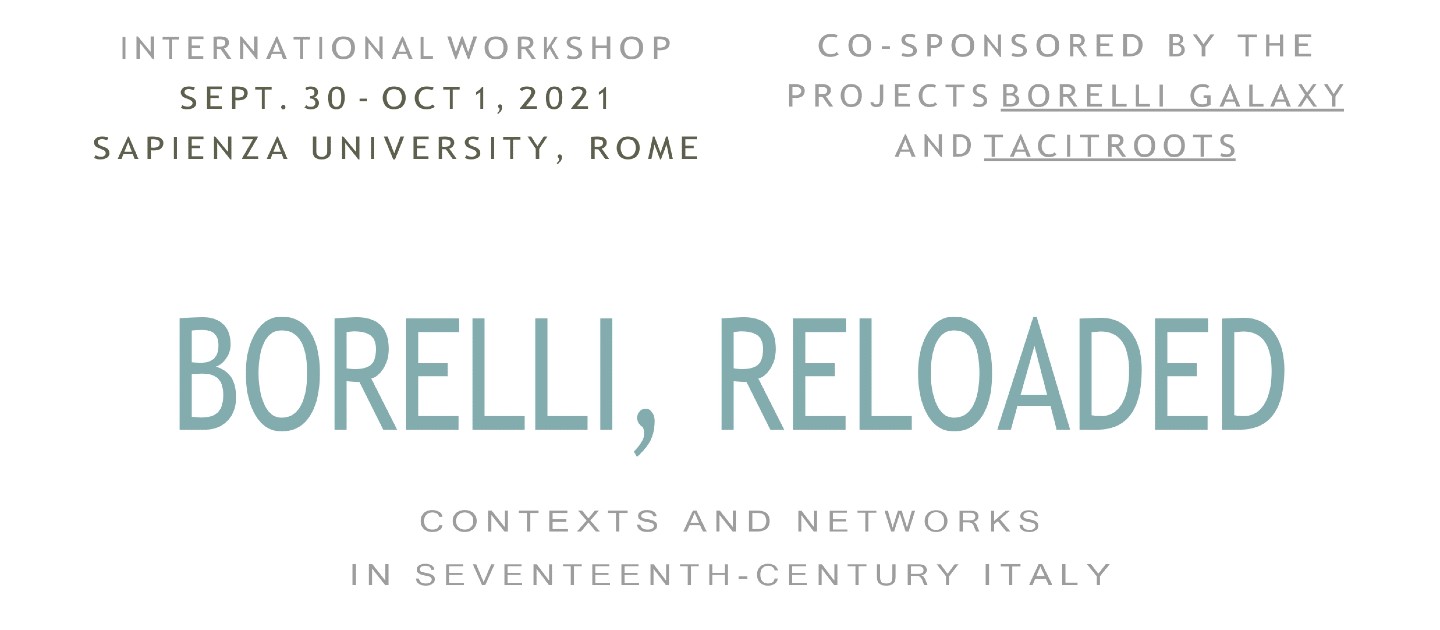Despite his unquestionable value, Borelli has never been the object of a monographic research; only a few of his works have been published according to modern criteria and a complete edition of his epistolary is still lacking. In 2020 a project sponsored by Museo Galileo is underway. Drawing a complete catalogue of Borelli’s correspondence is the foremost of BorGal’s objectives.
Borelli’s life and work shows that Galileo’s (disputed) legacy was not only a Tuscan heritage and that the 17th century Italian scientific ‘Republic of Letters’ was a whole, complex and intertwined community, that included also (but how?) the alleged ’peripheral’ Spanish Sicily. BorgGal aims at drawing the map of this whole community.
Borelli’s freedom of thought about Nature coupled with his standing for political dissent. This coincidence makes him a unique case to investigate the relation between science, religion and politics in the Catholic South of Early Modern Europe. Assuming a relational perspective and taking advantage of digital tools, BorGal aims at reconstructing his (possibly overlapping) networks.
BorGal has been conceived as a case study among the projects gathered under the umbrella of Mapping the Republic of Letters at Stanford University. It has been taking advantage of infrastructure, research support, and intellectual community of CESTA, the Stanford Center for Spatial and Textual Analysis. More particularly, BorGal is increasing with the digital support of Nodegoat, developed by the Dutch Lab1100.




